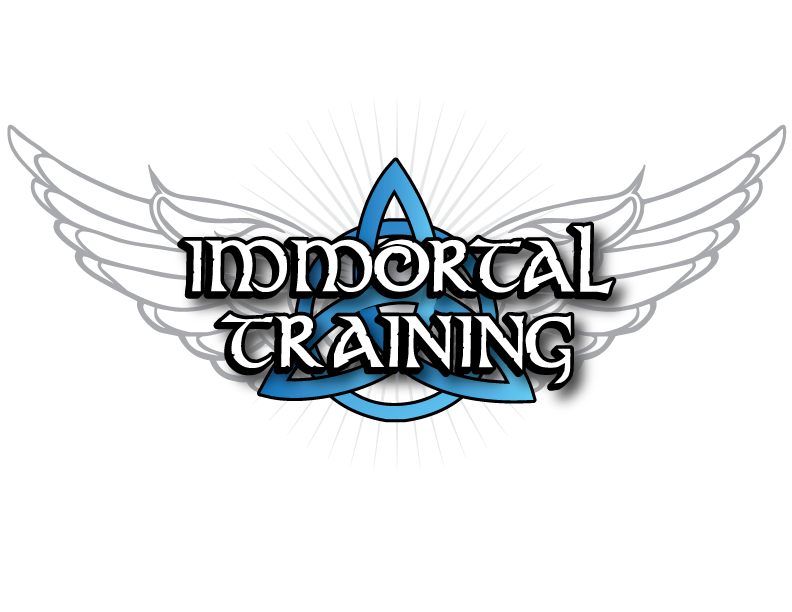HOW DOES THE RULE OF ADAPTATION CAUSE MUSCLE GROWTH?
Did you know that our muscles don’t grow when we exercise? The truth is in fact the opposite. Exercise actually creates microtears that temporarily damage the muscles. Then, over the next few days, using the protein we consume from our diets, the body enables itself to overcome that stress by building the muscles back stronger. This is the rule of adaptation that causes muscle growth.
But thinking about it even deeper will conclude that this rule isn’t exclusive to the muscles. It is actually a universal law. There is no such thing as growth inside the comfort zone. Proof of this can be found all throughout nature.
The rule of adaptation has even been passed down through legend, and the Ancient Greek story of Milo is a perfect example of that. Milo trained by carrying a calf everyday from birth, so that his strength grew as it later became an ox. The legend says that he carried a fully grown ox on his shoulders at the Olympia stadium – a true exhibition of strength gained through adaptation.
To get the muscles to grow they need to be fatigued enough to become damaged. This is done best with progressive overloading.
WHAT IS PROGRESSIVE OVERLOAD?
Progressive overload is the gradual increase of stress placed on the body during exercise training, which causes the body to adapt to new stimuli. Meaning that you are working to, or close to muscle failure at some point during your workout. Thus causing adaptation through muscle repair the days thereafter.
WHAT IS MUSCLE FAILURE?
Muscle failure is when the neurological system can no longer produce enough force for a muscle to contract concentrically. Quite frankly, it is when a muscle stops working during an exercise.

WHAT ARE THE BEST WAYS TO PROGRESSIVELY OVERLOAD THE MUSCLES?
In my experience I have learned that versatility is what sets resistance training apart from the rest. Aside from the hundreds of different exercises to choose from for each muscle group, changing the way you progressively overload the muscles the will also add more variety to your workouts.
Here are ways to use progressive overload in your workouts:
- Up the weight – by incrementally adding more resistance over time to put more demand on the muscle (best for increasing strength).
- Add more repetitions – by incrementally adding more repetitions to an exercise over time (best for endurance).
- Increase sets – when you feel your fitness has improved enough to add more volume.
- Frequency – how often you train. Muscle recovery should be taken into account when using this approach, as training too hard without allowing enough time for recovery will slow down your growth progress.
- Number of exercises – adding more movements.
- Rest periods – the longer you rest, the more strength you will be able to access.
- Intensity – using more explosiveness in your movements.
WHAT HAPPENS DURING MUSCLE GROWTH?
HYPERTROPHY
An increase in muscle size is called hypertrophy, which occurs because of an increase of cells inside the sarcomere (water) of the muscles. Said increase of muscle cells is referred to as hyperplasia, and it is stimulated by growth hormone.
TENDON STRENGTH
Training also increases strength in the tendons. Because tendons connect muscles to bone, it enables a contraction of the muscle that can pull the bone with more force. And since tendons are made from collagen, which is strong & elastic, they are able to stop the muscles from tearing as the fibres get thicker, and more dense.
MYOGLOBIN STORES
During muscle growth, there is also an increase in the stores of myoglobin, which is a protein similar to haemoglobin that carries oxygen in the blood from the respiratory organs to the rest of the body. Myoglobin is found in the muscle tissue, and its main job is to bind & store oxygen & iron in the muscle cells for production of energy (ATP). Doing too much cardio, or overtraining, can cause the muscles to breakdown. In which case you could find myoglobin in the blood stream, but it is not ideal.
MITOCHONDRIA
When muscles grow, there is also an increase in the number and size of mitochondria inside the cells. Mitochondria are organelles designed for cellular respiration. This is where ATP (adenosine triphosphate) is made, and why the mitochondria is known as the powerhouse of the cell.
GLYCOGEN & FAT
Glycogen is a form of glucose stored in the muscle that can be quickly broken down for energy. During training, we burn glycogen and fat as fuel, which forces the body to store more, so that it can deal with that stress again. Consuming carbohydrates and caffeine after training helps improve glycogen storage.
We also notice an increase in intramuscular triglycerides (fat that lives mostly in the blood). This allows for more fat to be oxidised in the muscle when glycogen is depleted.
MUSCULAR STRENGTH
The first six weeks of gains in muscle strength are typically down to the improvement of neurological pathways that come from training. The real strength gains come later by using progressive overload.
Use it, or lose it is the rule, so expect to lose 10% of your strength gains after eight weeks of no training, and up to 40% muscular endurance.

SIMILAR POSTS
Optimising Strength Training Around Your Menstrual Cycle: https://immortal-training.com/strength-training-and-dieting-throughout-your-menstrual-cycle/
Vegan Diet Deficiencies: https://immortal-training.com/strength-training-and-dieting-throughout-your-menstrual-cycle/
REFERENCES
The Adaptations to Strength Training: Morphological and Neurological Contributions to Increased Strength: https://pubmed.ncbi.nlm.nih.gov/17241104/
Eccentric Verses Conventional Exercise Therapy in Patients with Rotator Cuff Tendinopathy: https://pubmed.ncbi.nlm.nih.gov/27351548/
Identifying the Structural Adaptations that Drive Mechanical Load-Induced Growthof Skeletal Muscle: https://pubmed.ncbi.nlm.nih.gov/32660165/
The Effects of Resistance Training in Women on Dynamic Strength And Muscular Hypertrophy: https://pubmed.ncbi.nlm.nih.gov/31820374/


Recent Comments